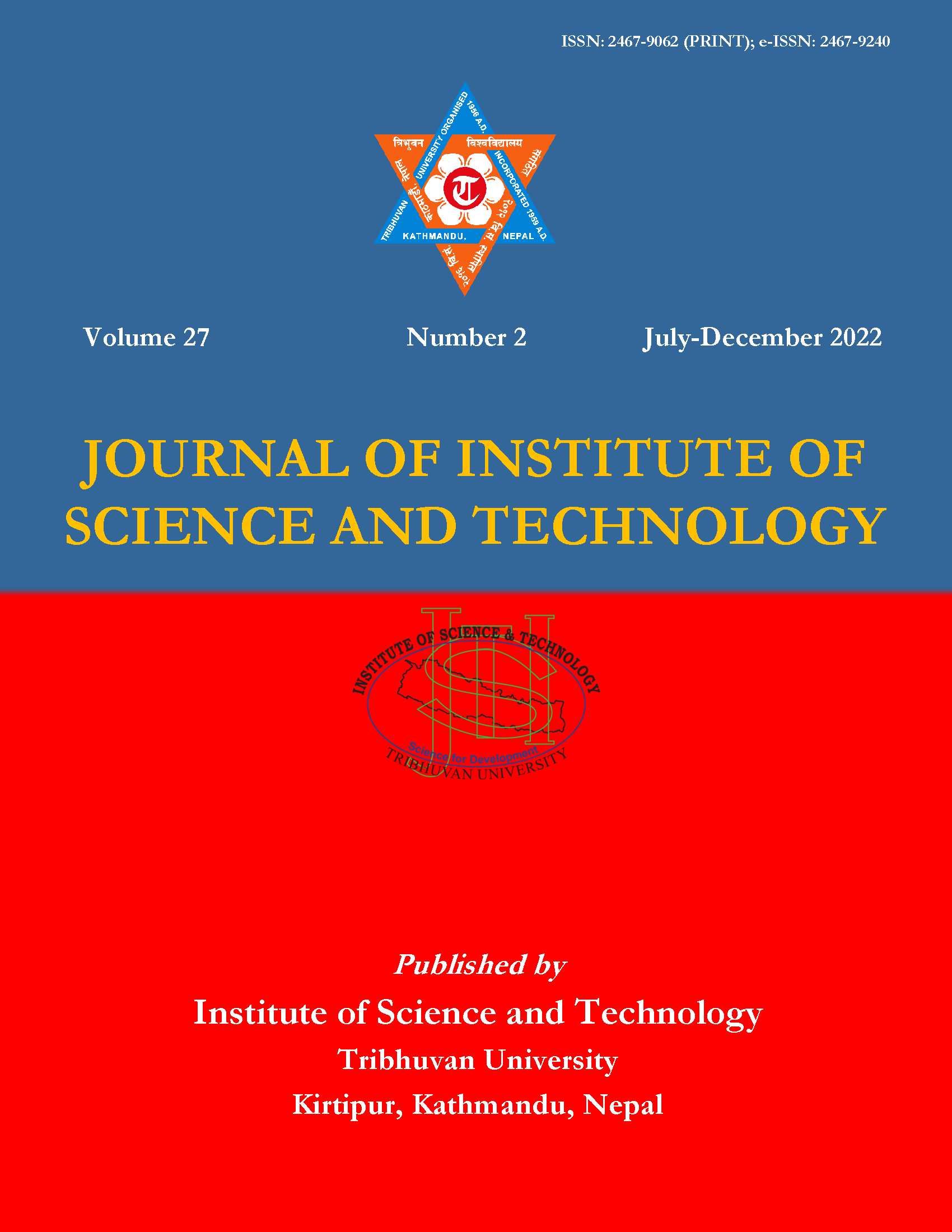Impacts of Livestock Grazing on Vegetation and Soil in Lowland Grassland Ecosystem of Nepal
DOI:
https://doi.org/10.3126/jist.v27i2.43568Keywords:
Grazing, plant diversity, plant richness, soil characteristicsAbstract
Livestock grazing is one of the largest sectors for land use globally, and contrasting impacts (negative, neutral, and positive) of livestock grazing on vegetation and soil have been observed. In Koshi Tappu Wildlife Reserve (KTWR), livestock grazing is one of the major problems but has been feebly addressed in previous research. This study, therefore, aims to determine the impacts of livestock grazing on vegetation and soil quality in grasslands of core and buffer zones of KTWR. Less grazing intensity was observed at the core zone compared to the buffer zone. Livestock grazing was observed with negative impacts on the richness and diversity of the plant species causing changes in the community assemblages. Invasive plant species richness, however, was found higher in the low grazed areas. Differences in soil pH, phosphorus, and potassium content between high and low grazed areas were not observed. In contrast, soil electrical conductivity, bulk density, and nitrogen content were significantly higher in the high grazed areas. Controlled grazing is recommended at buffer zone grasslands of KTWR to enhance plant diversity and nutrient availability. The core areas of the reserve should be managed for reducing the abundance and distribution of invasive alien plant species.
Downloads
Downloads
Published
How to Cite
Issue
Section
License
Copyright (c) 2022 Institute of Science and Technology, T.U.

This work is licensed under a Creative Commons Attribution-ShareAlike 4.0 International License.
The views and interpretations in this journal are those of the author(s). They are not attributable to the Institute of Science and Technology, T.U. and do not imply the expression of any opinion concerning the legal status of any country, territory, city, area of its authorities, or concerning the delimitation of its frontiers of boundaries.
The copyright of the articles is held by the Institute of Science and Technology, T.U.




